MARKET OVERVIEW
The global dental implants market will define the future of tooth replacement, marrying functional accuracy with greater personalization in the dental device market. At its core, this market will hold the potential to redefine the way patients and practitioners experience long-term oral solutions. It will go beyond the norms by placing greater emphasis on customized approaches and enhanced comfort designed specifically to individual requirements. Patients will appreciate those that are less clinical in feel and more a continuation of their own dental identity. In years to come, clinicians will apply methods aimed at reducing recovery time. They will use planning instruments that produce implant fits that replicate each patient's individual anatomy. Technology will inform the placement of the implants with a precision that will be unexpected in its ease and minimizing of chair time. The outcome will be less daunting, fitting how individuals envision contemporary dental treatment—efficient, considerate, and discreet.
Manufacturers will create more sophisticated materials that more closely replicate the structure and function of natural bone than products available today. These advancements will react to the unique bone density more softly, creating smoother integration and fewer complications. Patients will describe less sensitivity and faster adaptation to new fixtures. In dental clinics, professionals will observe procedures completing smoothly, with patients describing soft pressure rather than pain.
Clinic operations will be more streamlined. Imaging technology and programs will complement surgical aids in bringing about perfect coordination. A surgeon, for instance, will see a virtual mock-up and then go ahead without any hesitation. The fixture and ridge will fit into position comfortably and precisely, eliminating any guesswork. This, as a result, will make both professionals and patients look at implant placement with ease and trust.
Subsequent versions of equipment will provide remote consultation connectivity, and so a specialist will be able to direct a general practitioner through complicated cases remotely. Expertise will be beyond physical boundaries in real time. This will enable clinics in rural areas to provide services equivalent to those provided in urban areas. Professionals and patients alike will share this greater access to specialist opinion without additional travel.
Even patient preparation will change tone. Individuals will be informed about what is available to them by interactive tools that spell out each phase in clear terms, with pictures and straightforward language. They will feel empowered instead of bewildered. That knowledge will enable them to be part of the decisions involving the procedure itself, making the process more collaborative than passive.
In the meantime, reimbursement schemes will align to keep pace with how the devices match up with patient demands. Policymakers will create plans that value long-term, patient-convenient solutions over sequential repairs. That new way of thinking will help clinics implement the best options. It will also reassure patients that sophisticated techniques and up-to-date materials will be available and convenient.
Down the line, the dental implants market on a global scale will impact something beyond components. It will redefine the patient experience from assessment to recovery. Unfolding technologies and supportive systems will collaborate to make tooth replacement a less cumbersome, more customized process. In the process, the industry will move one step closer to dental care that's intuitive, streamlined, and actually focused on the person.
Global dental implants market is estimated to reach $12,965.59 Million by 2032; growing at a CAGR of 8.8% from 2025 to 2032.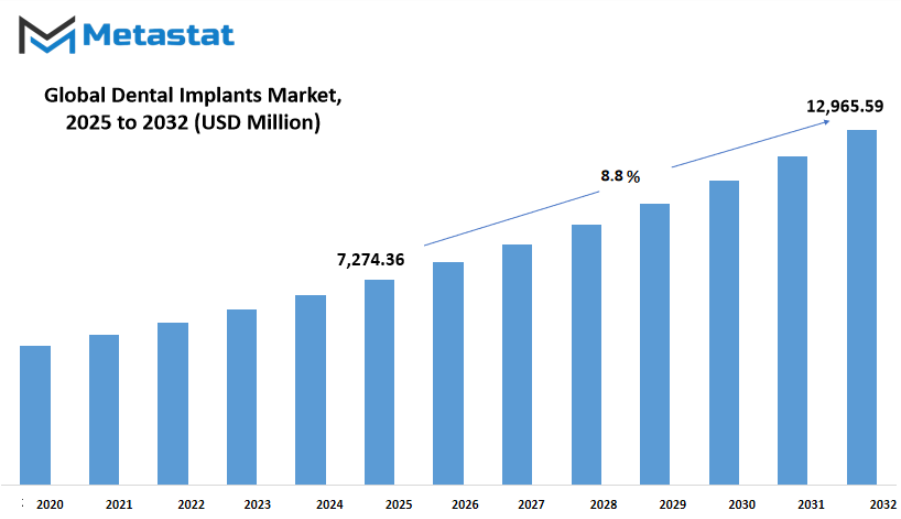
GROWTH FACTORS
The global dental implants market is showing strong potential for steady growth, supported by several key factors that are shaping the industry. Rising cases of dental disorders and tooth loss are among the most significant contributors to this trend. Lifestyle changes, poor oral hygiene, and aging populations in many regions are driving an increase in the need for dental restoration solutions. This steady rise in demand creates a growing base for the use of advanced implant procedures, which are increasingly being preferred over traditional treatment options due to their durability and natural appearance.
The demand for cosmetic dentistry and improved aesthetics is also a major factor fueling market expansion. Many individuals are seeking treatments that enhance both function and appearance, leading to greater acceptance of modern dental implant solutions. As awareness about the benefits of dental implants spreads and technological advancements make procedures more efficient, more people are expected to opt for these treatments in the near future.
However, some challenges continue to limit broader adoption. The high cost of dental implant procedures remains a significant barrier, particularly in countries where dental care is not fully covered by insurance. In addition, the lack of skilled professionals in developing regions slows down the pace at which these solutions can be widely adopted. Training and development programs for dental professionals are expected to gradually improve this situation, but progress may take time.
On the other hand, growing adoption of advanced materials and techniques is expected to create promising opportunities for the global market. Continuous innovation is leading to the development of implants that are more durable, biocompatible, and quicker to integrate with natural bone. These advancements not only improve the success rate of procedures but also reduce recovery times, making implants a more appealing option for a larger segment of the population.
Looking ahead, the market is expected to benefit from increased investments in research and development, as well as greater collaboration between dental technology companies and healthcare providers. Improved affordability through technological efficiency and broader availability of skilled practitioners in emerging regions will also support long-term growth. With rising awareness of oral health and a growing focus on enhancing personal appearance, the demand for dental implants is projected to continue its upward trajectory, making the global dental implants market a promising area for innovation and expansion in the years to come.
MARKET SEGMENTATION
By Type
The global dental implants market will continue to expand as oral healthcare becomes a higher priority across the world. Growing awareness about dental health, increasing cosmetic needs, and advancements in technology will shape the direction of this market in the years ahead. The future of dental care will not only focus on restoring function but also on offering solutions that provide comfort, long-lasting results, and a natural appearance. With a steady increase in the aging population, along with higher disposable incomes in developing regions, the demand for dental implants will remain on an upward path.
The global dental implants market, by type, is further segmented into Endosteal Implants, Subperiosteal Implants, and Transosteal Implants. Endosteal Implants, which are inserted directly into the jawbone, will hold the largest share because of their stability and effectiveness. These implants will continue to evolve with innovations in surface coatings, biomaterials, and digital imaging techniques, making them even more reliable and less invasive. Subperiosteal Implants, which rest on top of the jawbone but under the gum tissue, will find greater use for patients who lack adequate bone height. Future developments in custom-designed frameworks, aided by 3D printing, will improve their fit and success rate. Transosteal Implants, which pass through the jawbone and gum tissue, will see more limited application, yet advancements in surgical procedures and materials may help in expanding their adoption for specific cases.
The global dental implants market will also be influenced by digital dentistry. Computer-aided design, 3D imaging, and robotic-assisted surgery will simplify procedures, reduce healing time, and enhance precision. These technologies will make implants more accessible to patients by lowering costs and reducing treatment risks. Additionally, the growing trend of personalized healthcare will bring new possibilities, as implants can be custom-tailored to match individual bone structures and aesthetic needs.
Sustainability will also become a key focus. As demand rises, manufacturers will invest in biocompatible and eco-friendly materials that improve patient safety while reducing environmental impact. Research into materials that integrate faster with bone will shorten recovery times and improve success rates. Global collaborations among research centers, universities, and private companies will push innovation further, ensuring that dental implants continue to provide better outcomes.
Looking ahead, the global dental implants market will not only address medical requirements but also meet growing lifestyle expectations. Improvements in comfort, affordability, and appearance will ensure that dental implants are not limited to necessity but become a widely chosen solution for enhancing overall quality of life.
By Material
The global dental implants market will continue to show steady expansion as the demand for advanced dental solutions grows. Rising awareness of oral health and increasing preference for long-term treatments will shape future adoption trends. A dental implant is considered one of the most reliable ways to replace missing teeth, and with the progress in technology, the options for patients will become even more precise and personalized. This progress will encourage both healthcare providers and patients to rely more on implants as a permanent solution compared to other alternatives.
By material, the global dental implants market is divided into Titanium Implants and Zirconia Implants. Titanium Implants have been widely used for several decades and will continue to dominate due to their strength, durability, and high success rate. Titanium has proven biocompatibility, which means it integrates well with human bone and allows for a stable and long-lasting foundation. These qualities ensure that titanium remains the preferred material for most surgical procedures. However, Zirconia Implants are gaining attention because of their natural white color and metal-free composition, making them more suitable for patients who value aesthetics and those with sensitivity to metals. Zirconia’s ability to blend naturally with surrounding teeth will make it an attractive choice in the future as cosmetic dentistry grows in importance.
Ongoing research and development will push the global market further. Innovations such as computer-guided surgery, 3D printing, and digital imaging will reduce recovery times and improve the accuracy of implant placement. These advancements will not only enhance patient comfort but also increase the confidence of dental professionals in performing complex procedures. In addition, personalized implants created through advanced manufacturing techniques will allow for tailored treatment, ensuring better outcomes.
Economic growth, especially in developing regions, will also support market expansion. Rising disposable income and greater access to healthcare services will make dental implants more affordable and accessible. As aging populations continue to increase worldwide, the need for tooth replacement solutions will rise significantly, driving consistent demand. At the same time, younger groups are showing more interest in dental aesthetics, which will create new opportunities for Zirconia Implants.
Sustainability and patient safety will remain major priorities in the global market. Companies will focus on producing materials that are both environmentally responsible and highly reliable. With these ongoing advancements, the future of the global dental implants market will reflect a balance of durability, aesthetics, and innovation, ensuring that patients receive treatment that aligns with both functional and cosmetic needs.
By Design
The global dental implants market is expected to expand steadily as technological progress and rising awareness of oral health continue to influence treatment preferences. Growing demand for cosmetic dentistry and functional tooth replacement has made implants a popular choice over traditional options. As populations age worldwide, the need for reliable and long-lasting dental solutions will continue to increase, shaping the direction of this market in the coming years.
Advancements in materials and surgical techniques have made implants more efficient, safe, and accessible. Titanium and zirconia are now widely used, providing strong durability and natural appearance, which are highly valued in dental restoration. Computer-guided implantology and digital scanning methods are making treatments less invasive and more precise. These improvements not only reduce recovery time but also increase the success rate of procedures, encouraging more patients to opt for implant-based solutions.
By design, the global dental implants market is further divided into Tapered Implants and Parallel Walled Implants. Tapered implants are often preferred for areas where bone density is limited, as the shape allows for better stability and easier placement. This design reduces the risk of complications and offers faster integration with the bone. Parallel walled implants, on the other hand, are valued for their uniform contact with surrounding bone and are commonly used in cases where stronger anchorage is required. Both types serve specific clinical purposes, and the availability of these options will ensure that dental professionals can choose the most effective solution based on patient needs.
Future growth of the global dental implants market will also be influenced by increasing adoption of digital dentistry. Integration of artificial intelligence and 3D printing in implant design is expected to improve customization and lower costs, making treatments more widely available. Personalized implants created through digital modeling will allow for higher precision, leading to greater comfort and patient satisfaction.
The market is also expected to benefit from rising healthcare investments and expanding insurance coverage in several regions. As affordability improves, more people will seek implant procedures not only for functional restoration but also for enhancing confidence and quality of life. In addition, ongoing research focused on faster healing materials and minimally invasive techniques will further strengthen patient trust in implant-based treatments.
Overall, the global dental implants market will continue to evolve as innovation and patient demand align. With designs ranging from tapered to parallel walled implants, the industry is positioned to provide diverse and effective solutions. The combination of advanced technology, wider accessibility, and growing acceptance will ensure a promising future for this market.
By End-user
The global dental implants market is gaining steady attention as oral healthcare continues to advance and demand for reliable treatment solutions increases. By end-user, the global market is divided as Solo Practices, DSO/Group Practices, and Others, and each category will shape the direction of services offered to patients in the future. Solo practices will remain an important part of the landscape, as many patients prefer individualized care and the comfort of dealing with a single professional. These practices will continue to adapt new technologies to stay competitive, offering patients advanced implant procedures in settings that feel more personal and tailored.
On the other hand, DSO/Group Practices will likely expand at a faster pace because larger organizations are able to invest in advanced equipment, training, and digital platforms that enhance accuracy and efficiency. With growing awareness about the benefits of implants, patients will look for centers that can provide high-quality procedures at a reasonable cost. DSO/Group Practices will play a key role in meeting this need by creating networks that reduce costs and improve access. These practices will also make use of data and digital records to streamline treatment planning, ensuring that patients receive faster and more effective care.
The category of Others, which includes hospitals, academic institutions, and research organizations, will also influence the global dental implants market. Hospitals will continue to provide treatment for more complex cases, while academic and research institutions will drive innovation through continuous study of new materials, implant designs, and surgical techniques. These groups will strengthen the knowledge base and contribute to the development of safer and more durable implants, which will benefit the overall industry.
Looking toward the future, the global dental implants market will be influenced heavily by technological advances such as 3D printing, digital imaging, and robotics. These tools will allow professionals across all end-user categories to perform procedures with greater precision and shorter recovery times. As aging populations grow and awareness of oral health increases worldwide, the demand for implants will rise steadily. Affordability will also improve as manufacturing methods become more cost-efficient, making implants accessible to wider sections of society.
The global dental implants market will not only expand in size but also improve in terms of accessibility, patient experience, and quality of care. Whether through solo practices offering personalized services, group practices creating affordable and efficient networks, or research-driven institutions advancing new methods, every segment will play a vital role in shaping the future of this market. The combination of innovation, wider adoption, and growing patient trust will ensure that dental implants become an even more common solution for restoring oral health and confidence.
|
Forecast Period |
2025-2032 |
|
Market Size in 2025 |
$7,274.36 million |
|
Market Size by 2032 |
$12,965.59 Million |
|
Growth Rate from 2025 to 2032 |
8.8% |
|
Base Year |
2024 |
|
Regions Covered |
North America, Europe, Asia-Pacific Green, South America, Middle East & Africa |
REGIONAL ANALYSIS
The global dental implants market is expected to show steady growth in the coming years, driven by rising awareness of oral health, technological progress, and growing demand for advanced dental solutions. Advancements in dental materials and procedures are improving the durability and efficiency of implants, making them a preferred option for tooth replacement. Increasing focus on aesthetics and functionality is encouraging more people to seek treatments that provide both a natural look and long-term results.
Based on geography, the Dental Implants market is divided into North America, Europe, Asia-Pacific, South America, and the Middle East & Africa. In North America, which includes the U.S., Canada, and Mexico, strong healthcare infrastructure and a high rate of dental procedures will continue to support market growth. Government support for healthcare services and high adoption of digital dentistry are also expected to play a key role.
In Europe, with countries such as the UK, Germany, France, Italy, and the Rest of Europe, demand is rising due to an aging population and a strong preference for advanced dental care. The availability of skilled dental professionals and favorable reimbursement policies will likely drive higher adoption rates.
The Asia-Pacific region, covering India, China, Japan, South Korea, and the Rest of Asia-Pacific, is projected to experience significant growth. Rising disposable incomes, improving healthcare systems, and increasing awareness about oral health will boost the demand for dental implants in these markets. Local manufacturing advancements and growing medical tourism are also expected to support expansion in this region.
In South America, including Brazil, Argentina, and the Rest of South America, steady growth will be fueled by gradual improvements in healthcare access and rising demand for affordable yet advanced dental procedures. The growing middle-class population and increasing focus on dental aesthetics will also support market development.
The Middle East & Africa region, which includes GCC Countries, Egypt, South Africa, and the Rest of the Middle East & Africa, will continue to see gradual growth. Rising investments in healthcare infrastructure and an increasing focus on modern dental technologies will enhance opportunities across these regions.
The future outlook for the global dental implants market reflects a growing emphasis on digital dentistry, minimally invasive techniques, and personalized treatment options. Continued advancements in 3D printing, computer-aided design, and biocompatible materials will not only improve implant quality but also make procedures more efficient and accessible worldwide.
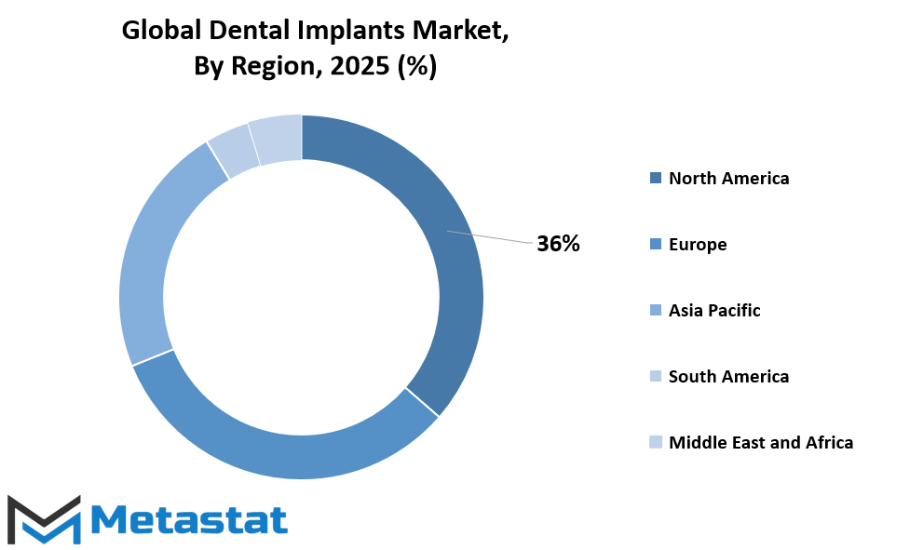
COMPETITIVE PLAYERS
The global dental implants market will reflect a drive toward better patient outcomes and more affordable solutions. ZimVie Inc., Zest Dental Solutions, T-Plus Implant Tech. Co., Osstem Implant Co., Ltd, Nobel Biocare Services AG, LeaderMedica SRL, KYOCERA Medical Corp., Institut Straumann AG, Henry Schein, Inc., Envista (Implant Direct Corporation), Dentsply Sirona Inc., Dentium, Cortex, CeraRoot SL, BioHorizons IPH, Inc., Bicon, LLC, JDentalCare Srl, B&B Dental Implant Company, Dyna Dental Engineering, Keystone Dental Group, Neo Biotech, Southern Implants, Thommen Medical AG stand as important contributors. Each will play a part in shaping a future where implant procedures will become more efficient, more precise, and more comfortable.
Improvements in design, materials, and digital integration will help evolve implant procedures. Advanced planning tools will allow specialists to place implants with faster recovery and stronger fitting. Materials that mimic natural tissue response will reduce risk of rejection and boost longevity. Laser-assisted placement and smart tools will guide each step, so healing will be smoother and follow-up visits will become shorter.
Manufacturers listed above will collaborate with clinicians and researchers to test new coatings, new shapes, and new manufacturing methods. ZimVie Inc. and Institut Straumann AG will join research centers to explore nanotechnology coatings that will support bone growth faster. Osstem Implant Co., Ltd and Dentsply Sirona Inc. will invest in digital workflows that will streamline workflows from scanning to final fitting. Bicon, LLC and BioHorizons IPH, Inc. will pilot materials that will adapt their stiffness to support nearby tissue during healing. T-Plus Implant Tech. Co. and Nobel Biocare Services AG will test minimally invasive protocols that will reduce downtime. Combined efforts from KYOCERA Medical Corp., Cortex, CeraRoot SL, JDentalCare Srl, LeaderMedica SRL, Neo Biotech, B&B Dental Implant Company, Dyna Dental Engineering, Keystone Dental Group, Southern Implants, Henry Schein, Inc., and Envista (Implant Direct Corporation), Thommen Medical AG will support portable systems, training programs, and access in underserved regions.
Future will bring intelligent systems that will monitor force on each implant and will alert clinicians if adjustments are needed. Biocompatible sensors embedded in posts will feed data on stability and will help predict when maintenance is required. Global access will expand as lower-cost manufacturing and streamlined supply chains will lower price barriers. Emerging economies will benefit from wider availability and improved standards. Continued innovation across all those firms will help the global dental implants market to deliver better care, faster healing, and greater reach, offering new hope to patients everywhere.
Dental Implants Market Key Segments:
By Type
- Endosteal Implants
- Subperiosteal Implants
- Transosteal Implants
By Material
- Titanium Implants
- Zirconia Implants
By Design
- Tapered Implants
- Parallel Walled Implants
By End-user
- Solo Practices
- DSO/ Group Practices
- Others
Key Global Dental Implants Industry Players
- ZimVie Inc.
- Zest Dental Solutions
- T-Plus Implant Tech. Co.
- Osstem Implant Co., Ltd
- Nobel Biocare Services AG
- LeaderMedica SRL
- KYOCERA Medical Corp.
- Institut Straumann AG
- Henry Schein, Inc.
- Envista (Implant Direct Corporation)
- Dentsply Sirona Inc.
- Dentium
- Cortex
- CeraRoot SL
- BioHorizons IPH, Inc.
- Bicon, LLC
- JDentalCare Srl
- B&B Dental Implant Company
- Dyna Dental Engineering
- Keystone Dental Group
- Neo Biotech
- Southern Implants
- Thommen Medical AG
WHAT REPORT PROVIDES
- Full in-depth analysis of the parent Industry
- Important changes in market and its dynamics
- Segmentation details of the market
- Former, on-going, and projected market analysis in terms of volume and value
- Assessment of niche industry developments
- Market share analysis
- Key strategies of major players
- Emerging segments and regional growth potential



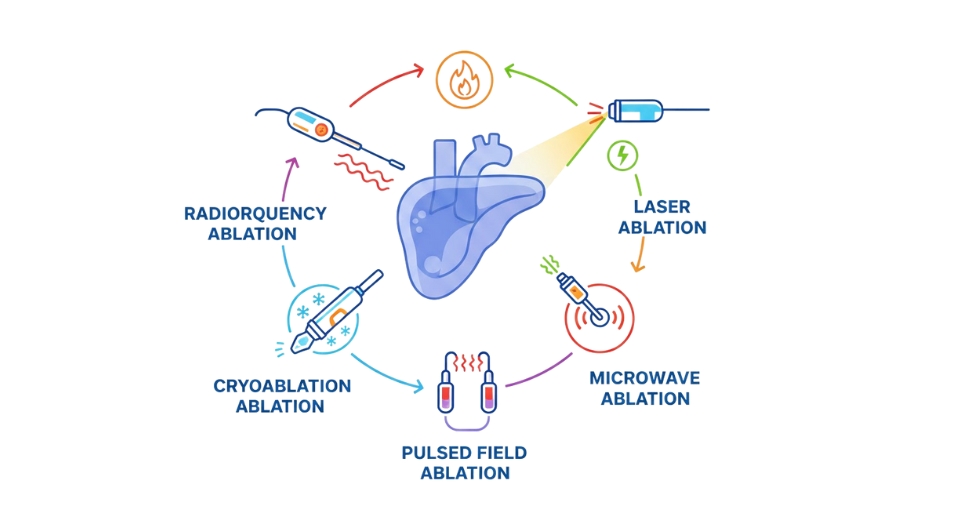

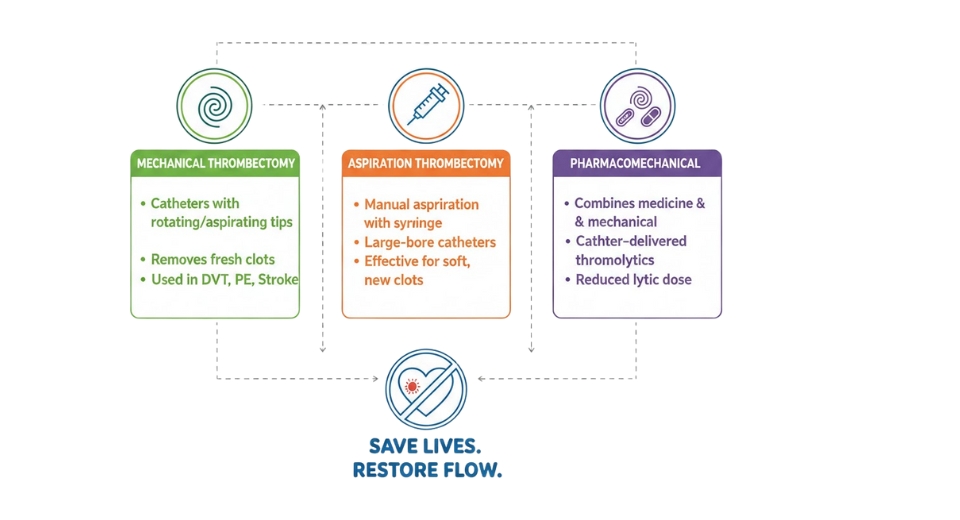
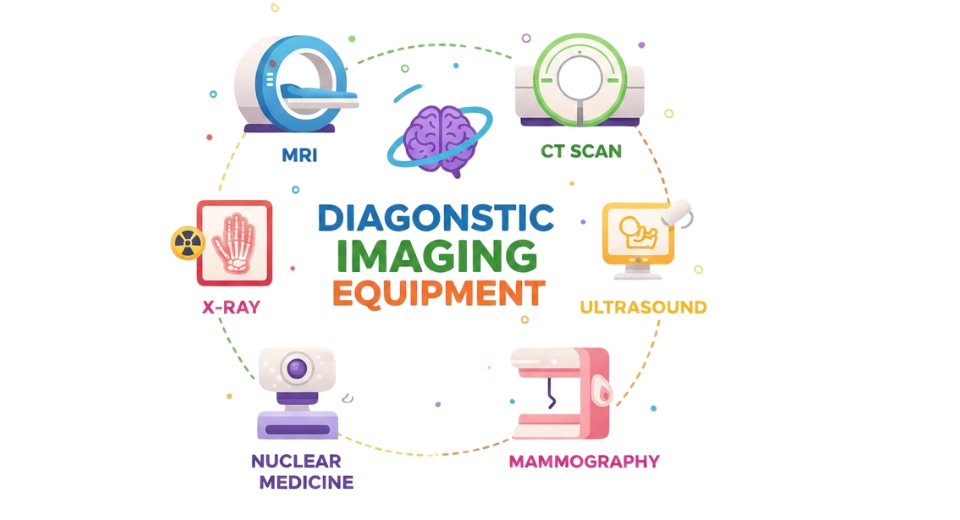

 US: +1 3023308252
US: +1 3023308252






